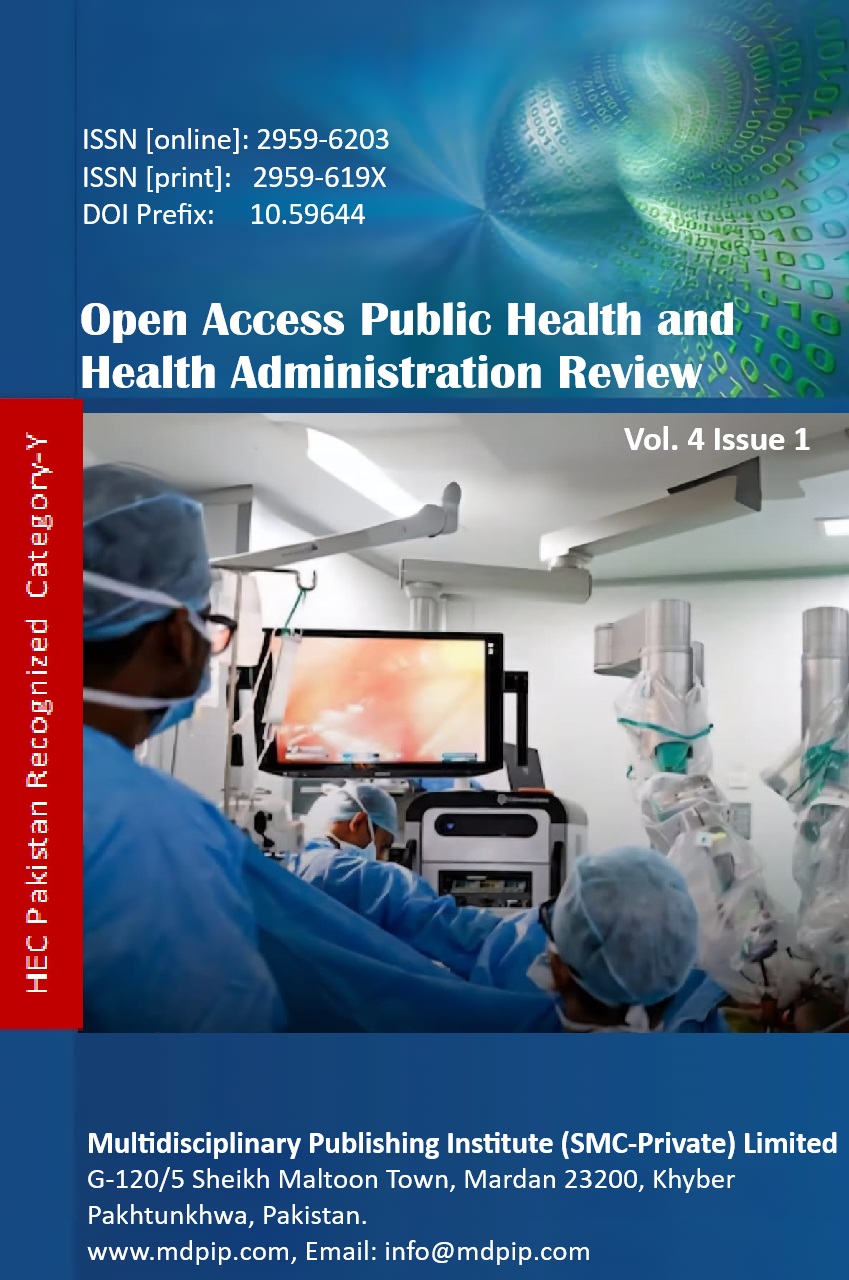Comparative Evaluation of Plant-Protein Blends and Mustard Oil as Dietary Regimes on Growth Performance and Whole-Body Proximate Composition of Major Carps
DOI:
https://doi.org/10.59644/oaphhar.4(1).229Keywords:
Proximate Composition, Aquaculture Nutrition, Cyprinus Carpio, Labeo Rohita, Hypophthalmichthys Molitrix, Plant FeedAbstract
This study evaluated the proximate composition of Cyprinus carpio, Labeo rohita, and Hypophthalmichthys molitrix fed on plant-based diets compared with controls, along with the nutrient profile of the plant feed. A comparative experimental design was used to assess nutrient variations among fish species and diets. The experiment was conducted at Ratta Kulachi Hatchery and related laboratory facilities. Fingerlings of three species were divided into control and plant-fed groups. Moisture, ash, fiber, crude fat, crude protein, nitrogen-free extract (NFE) and energy were determined by standard methods. Plant feeding significantly alters nutrient composition across species. In C. carpio, plant-fed fish showed higher moisture (72.51%) but reduced fat (4.0%) compared to control (70.32% moisture, 5.0% fat). L. rohita on plant diet had higher protein (13.0%) but lower fat (3.90%) versus control (12.22% protein, 6.0% fat). Plant-fed H. molitrix showed the highest protein (16.0%) and fiber (3.33%), while its control had the lowest protein (10.0%). Ash was highest in H. molitrix control (4.0%) and lowest in L. rohita control (1.41%). NFE peaked in plant feed (65.34%) but was lowest in L. rohita control (6.01%). Energy ranged from 298.54 Kcal/100 g in plant feed to 114.40 Kcal/100 g in H. molitrix control. Plant-based diets influenced nutrient deposition differently among species, with H. molitrix showing superior protein utilization. Plant feed, rich in carbohydrates and energy, has potential as an aquaculture feed ingredient.






